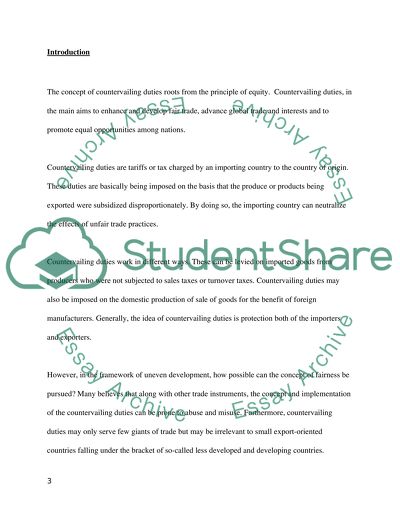Cite this document
(“Countervailing duty Essay Example | Topics and Well Written Essays - 5000 words”, n.d.)
Retrieved de https://studentshare.org/environmental-studies/1424423-countervailing-duty
Retrieved de https://studentshare.org/environmental-studies/1424423-countervailing-duty
(Countervailing Duty Essay Example | Topics and Well Written Essays - 5000 Words)
https://studentshare.org/environmental-studies/1424423-countervailing-duty.
https://studentshare.org/environmental-studies/1424423-countervailing-duty.
“Countervailing Duty Essay Example | Topics and Well Written Essays - 5000 Words”, n.d. https://studentshare.org/environmental-studies/1424423-countervailing-duty.


